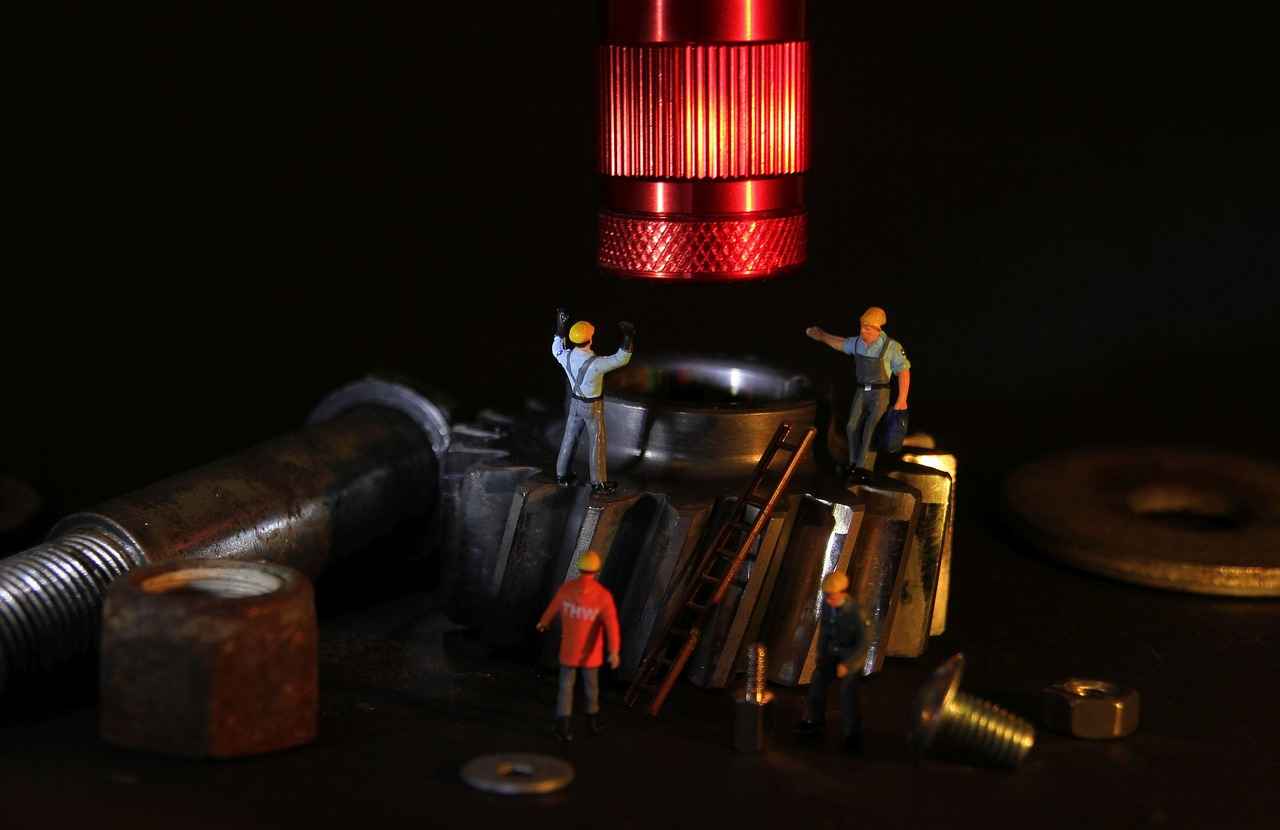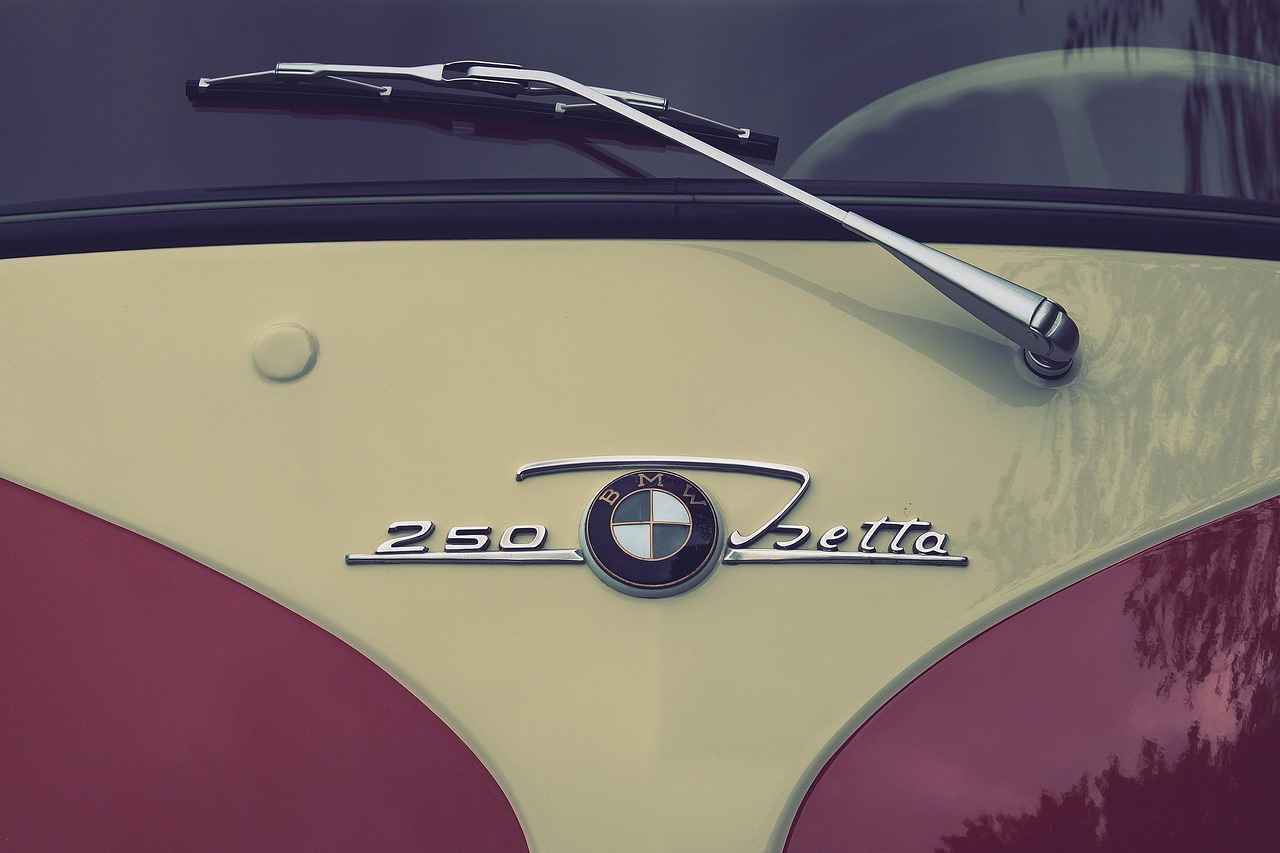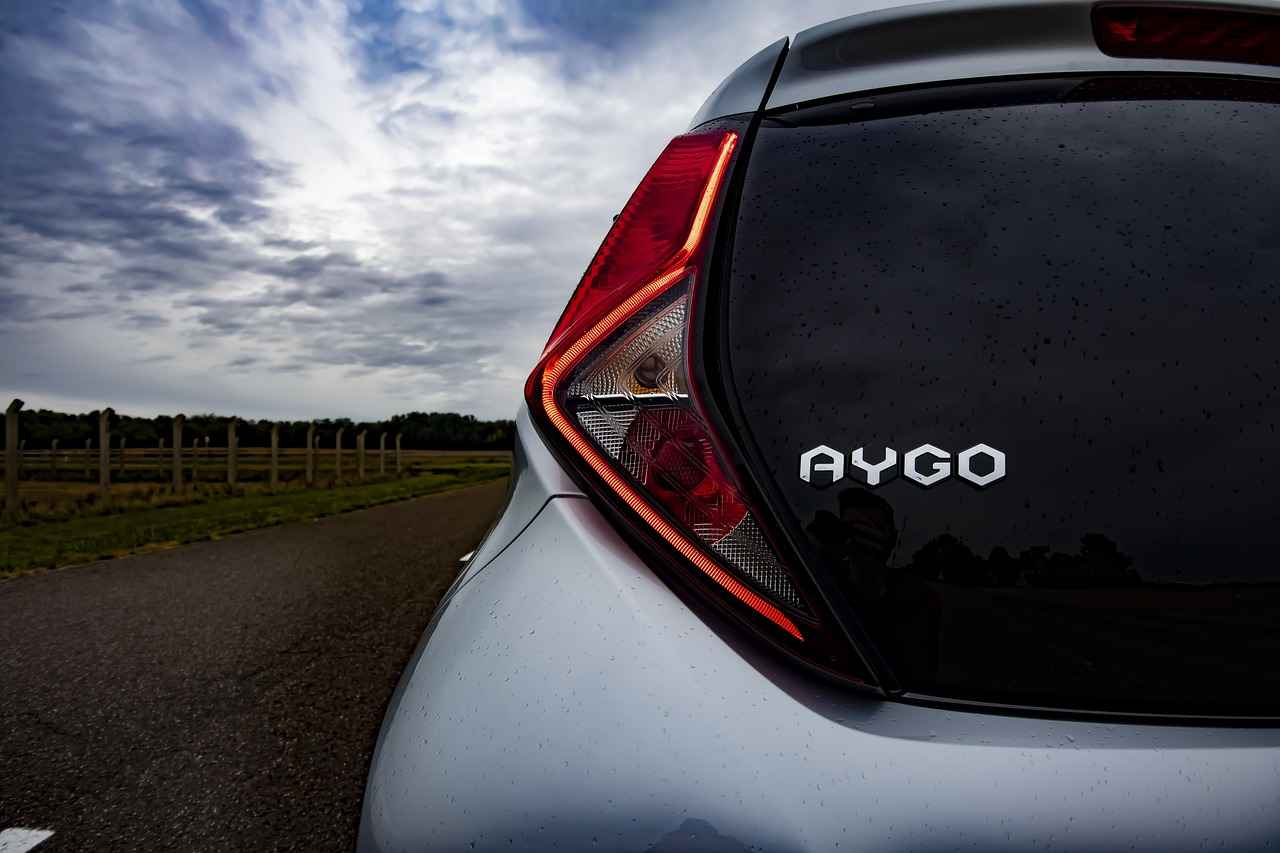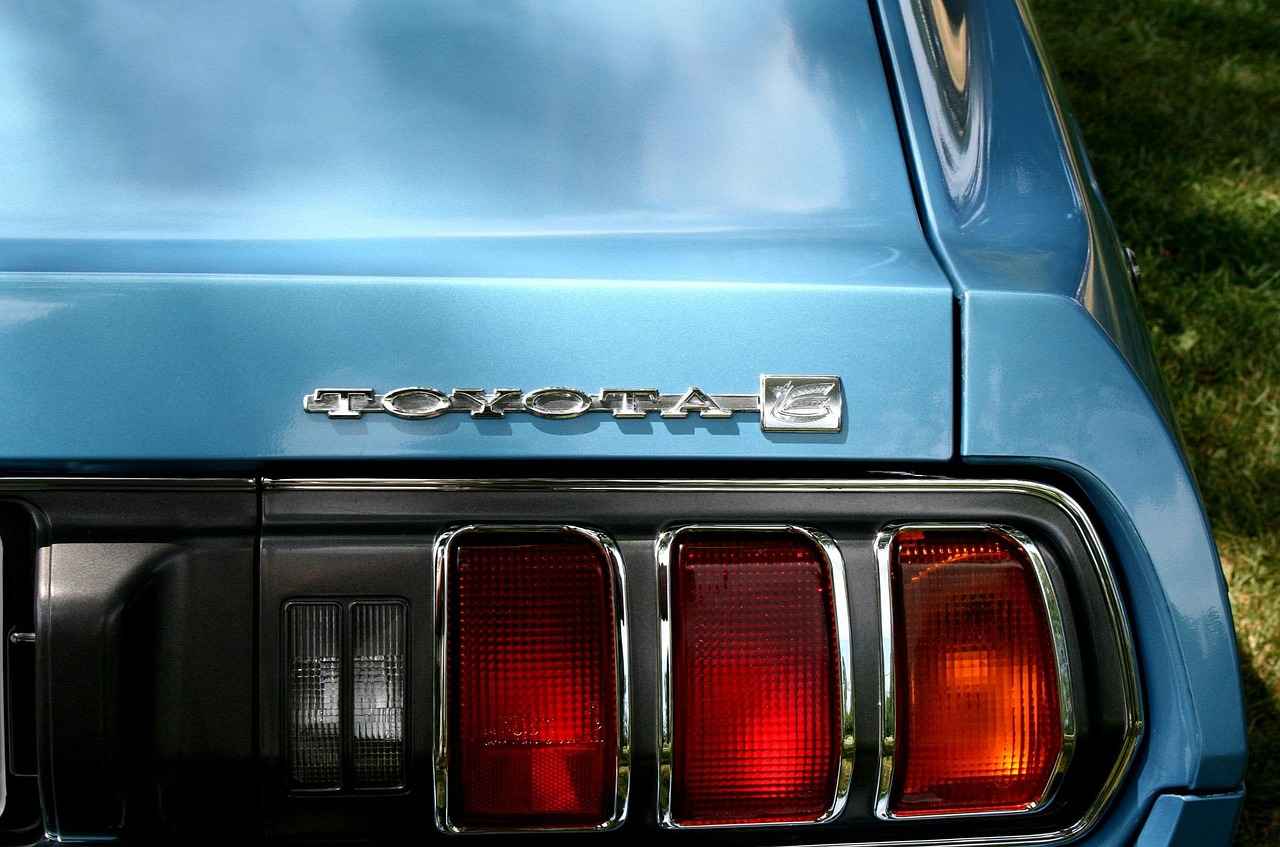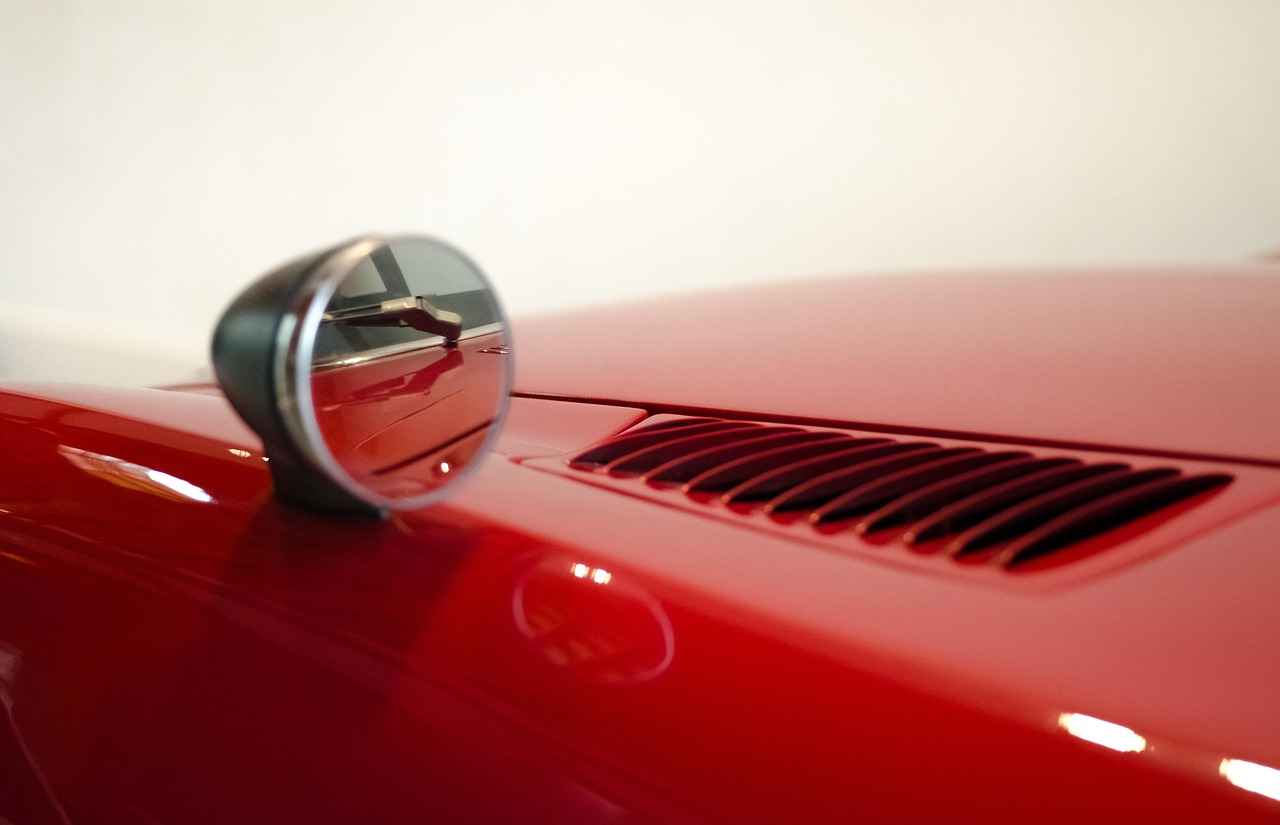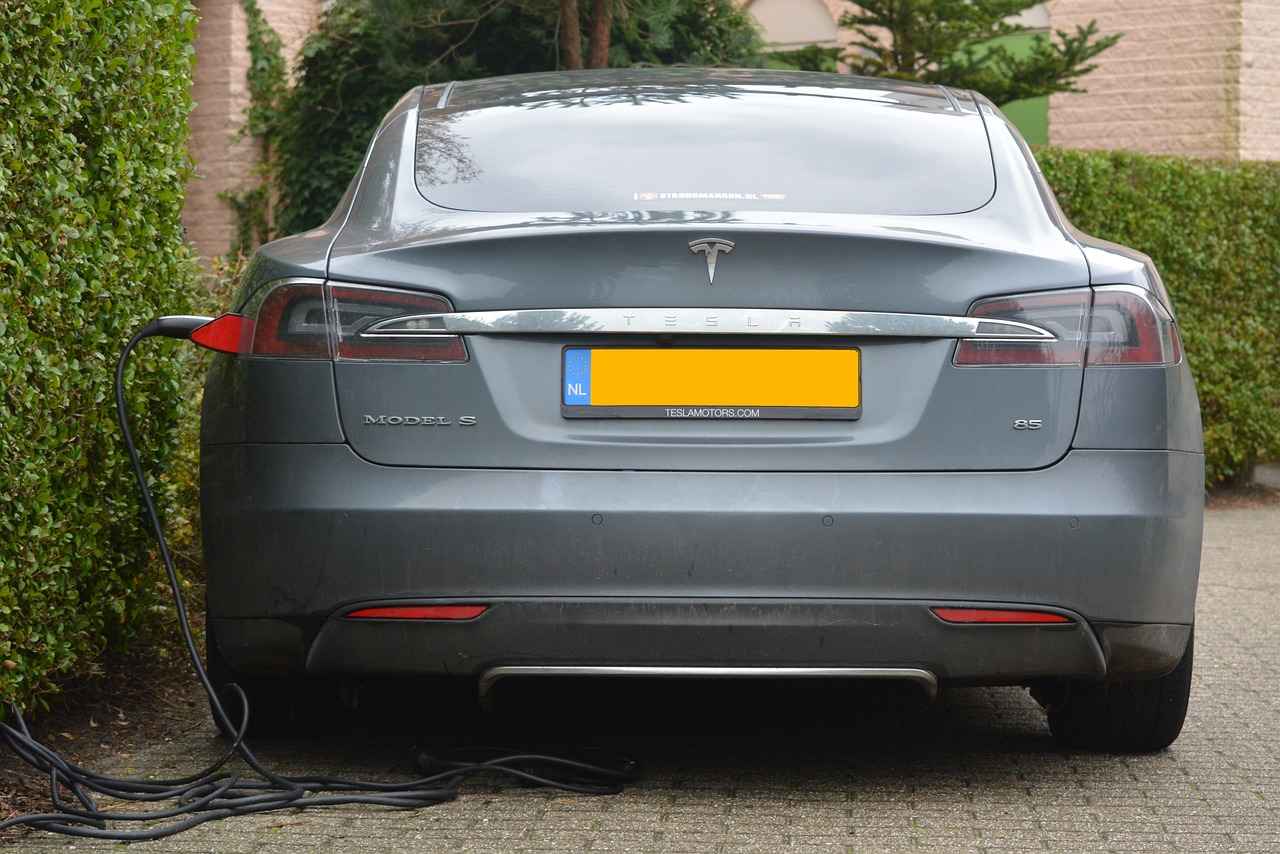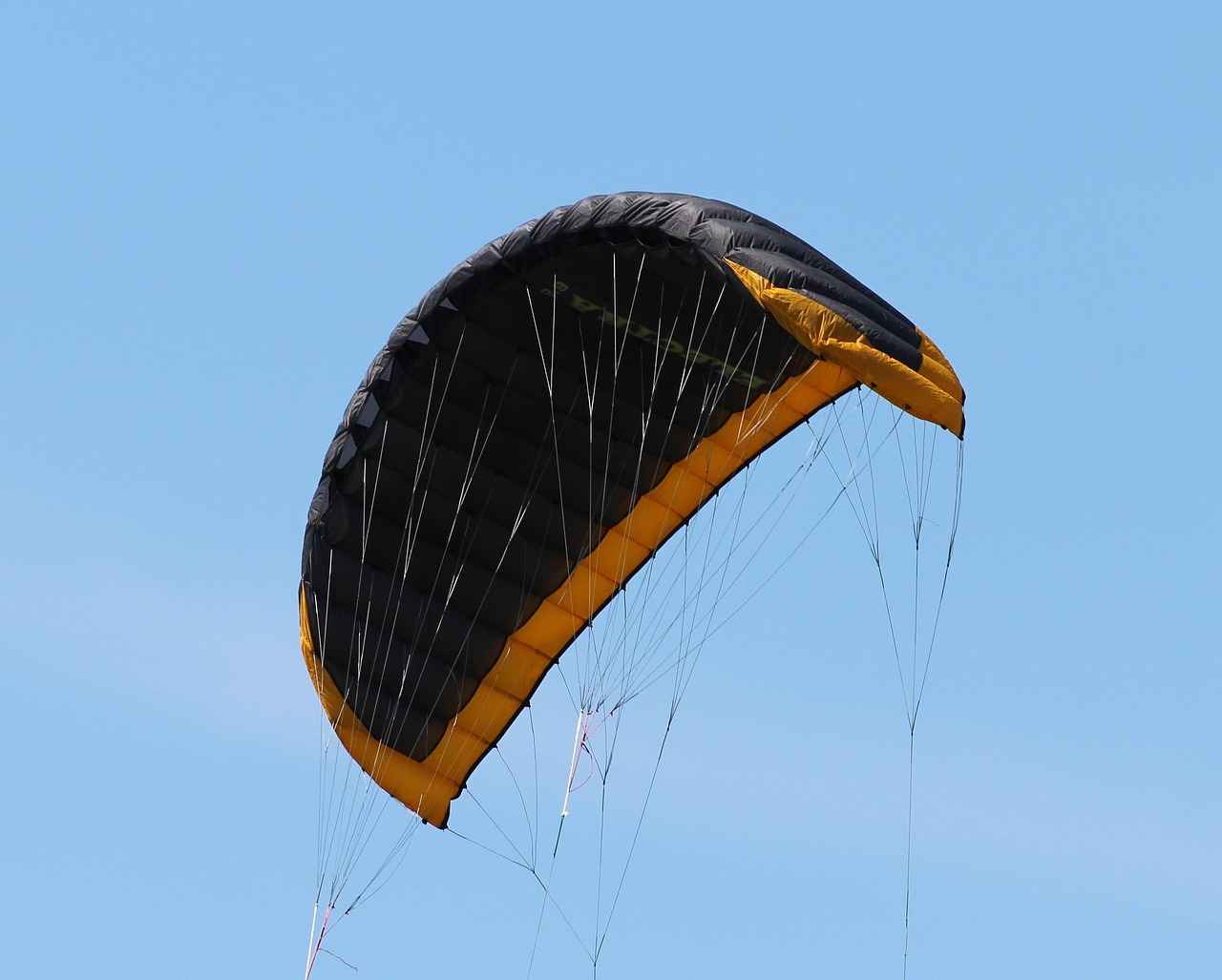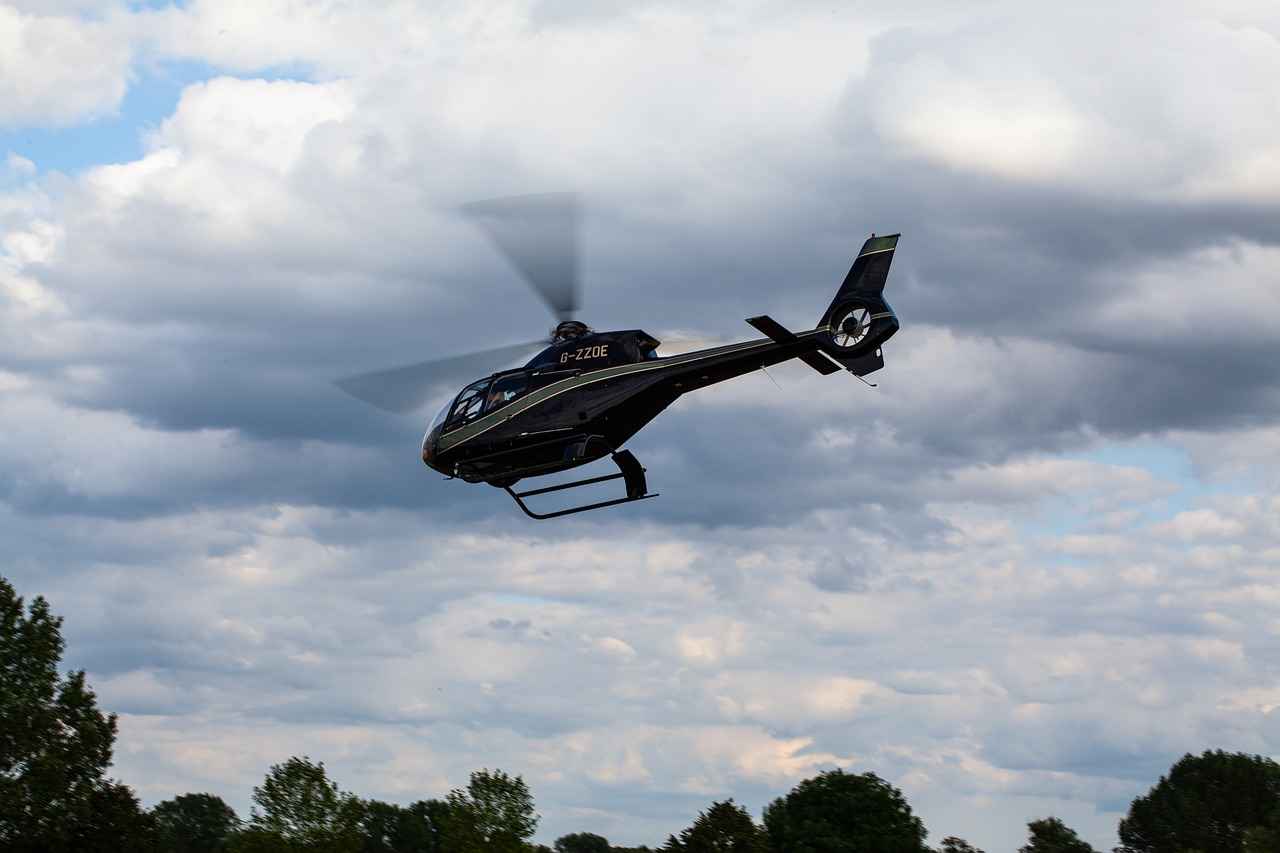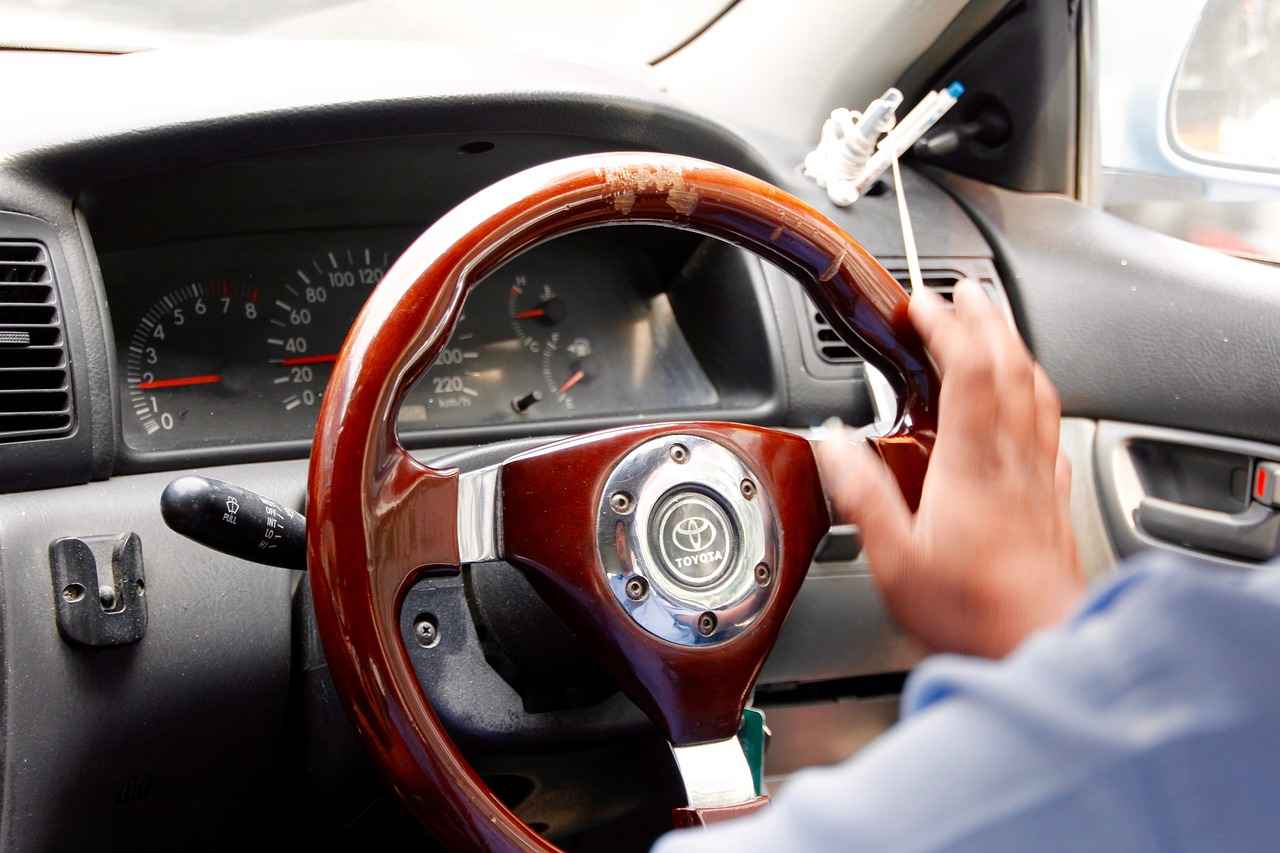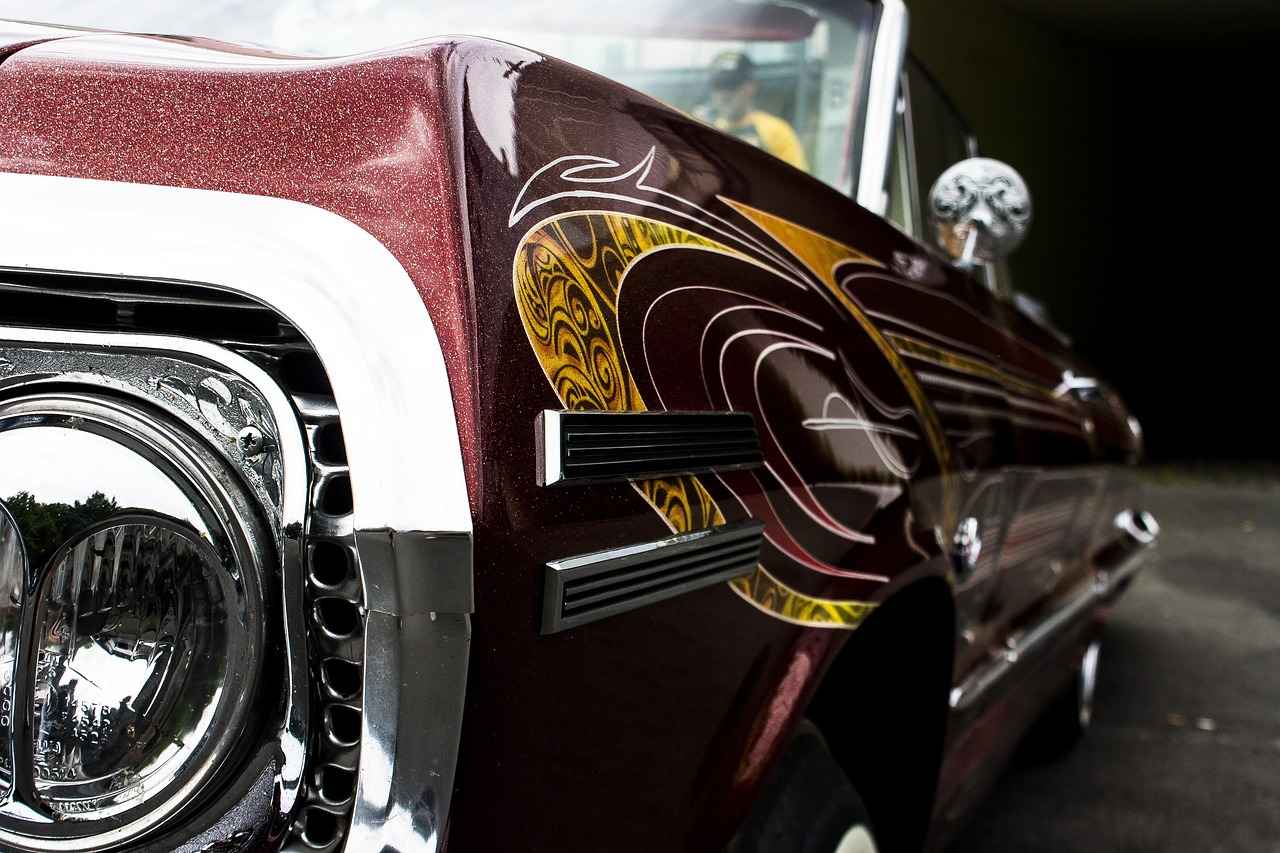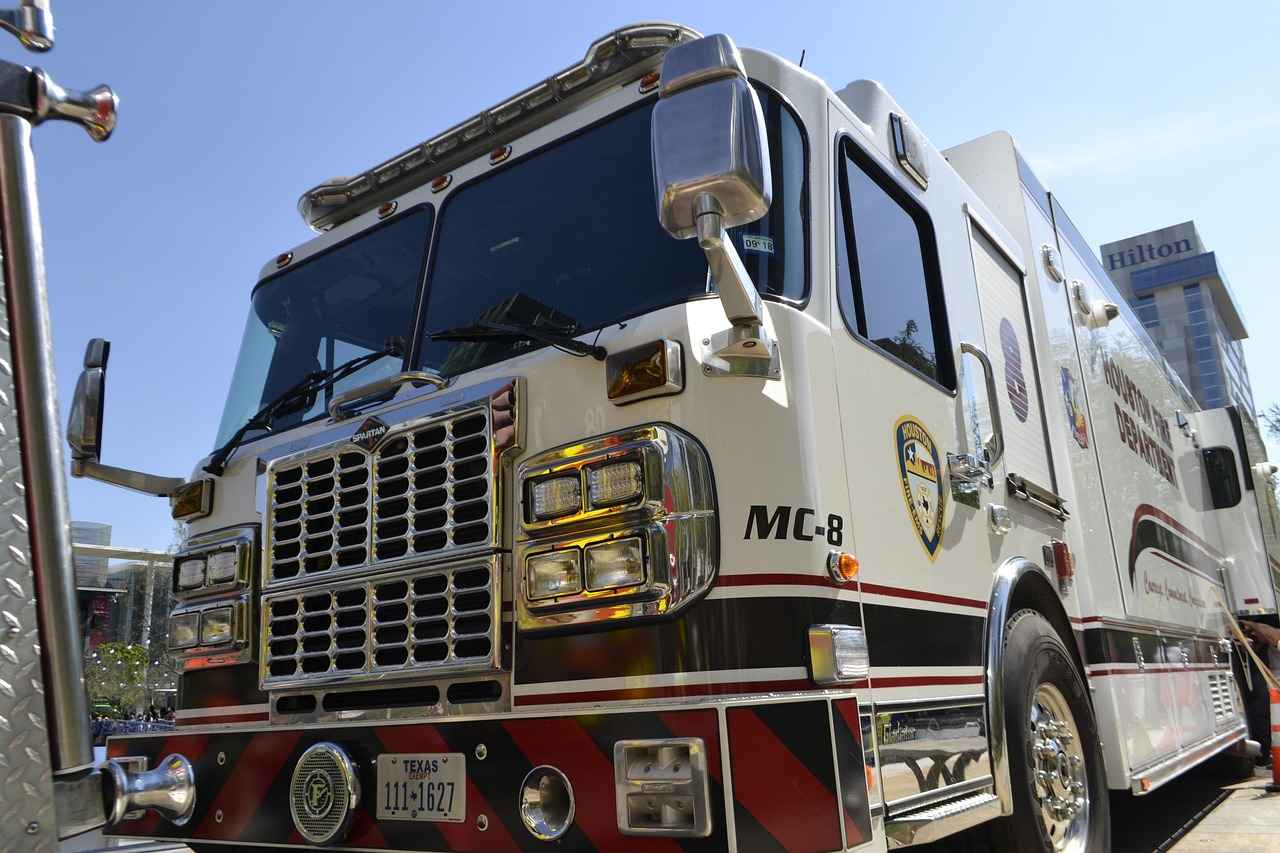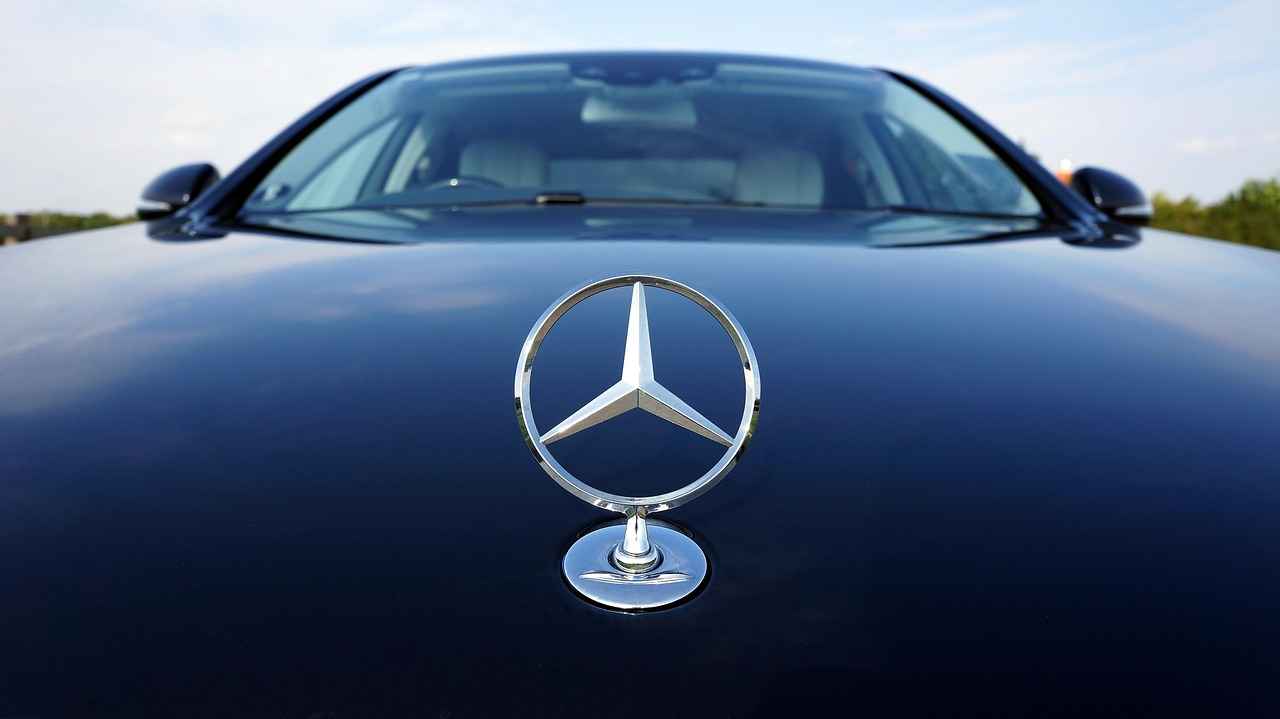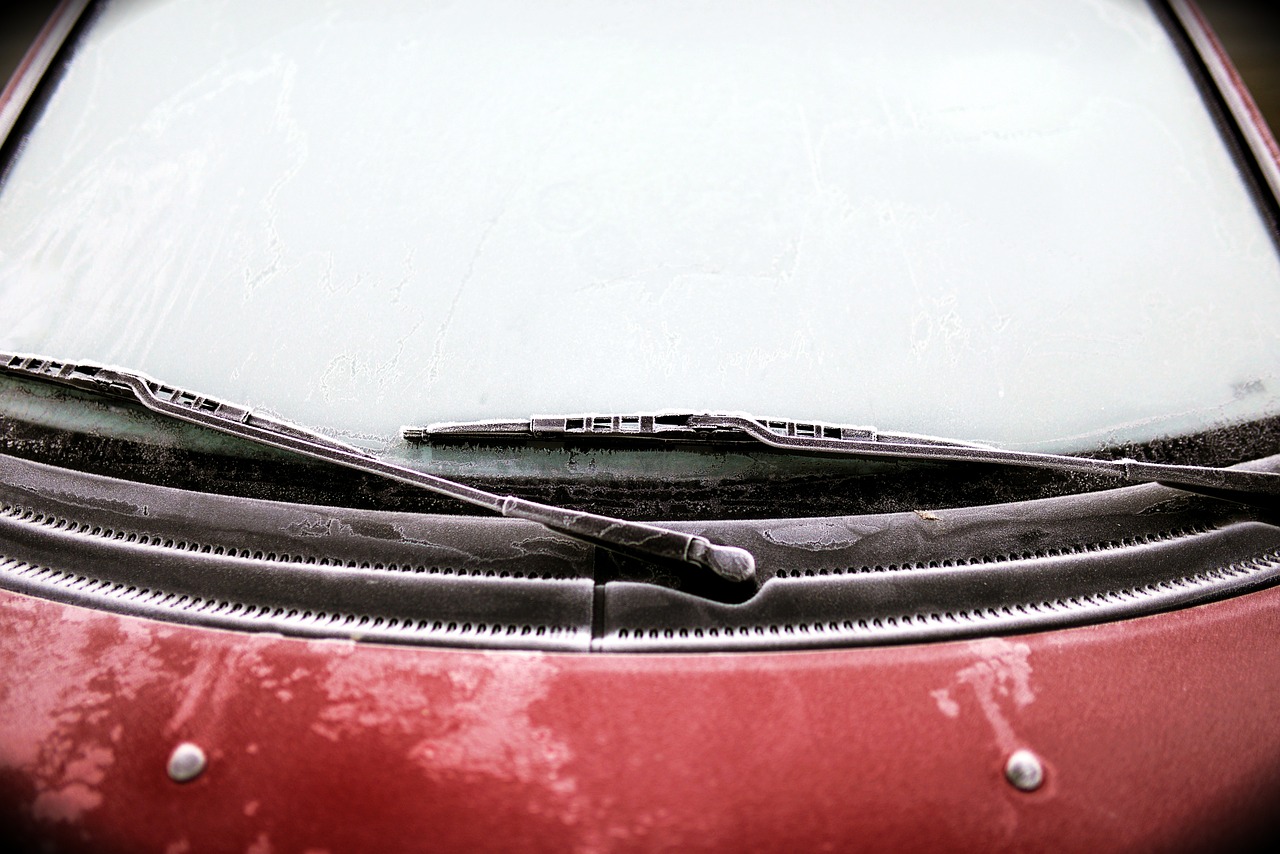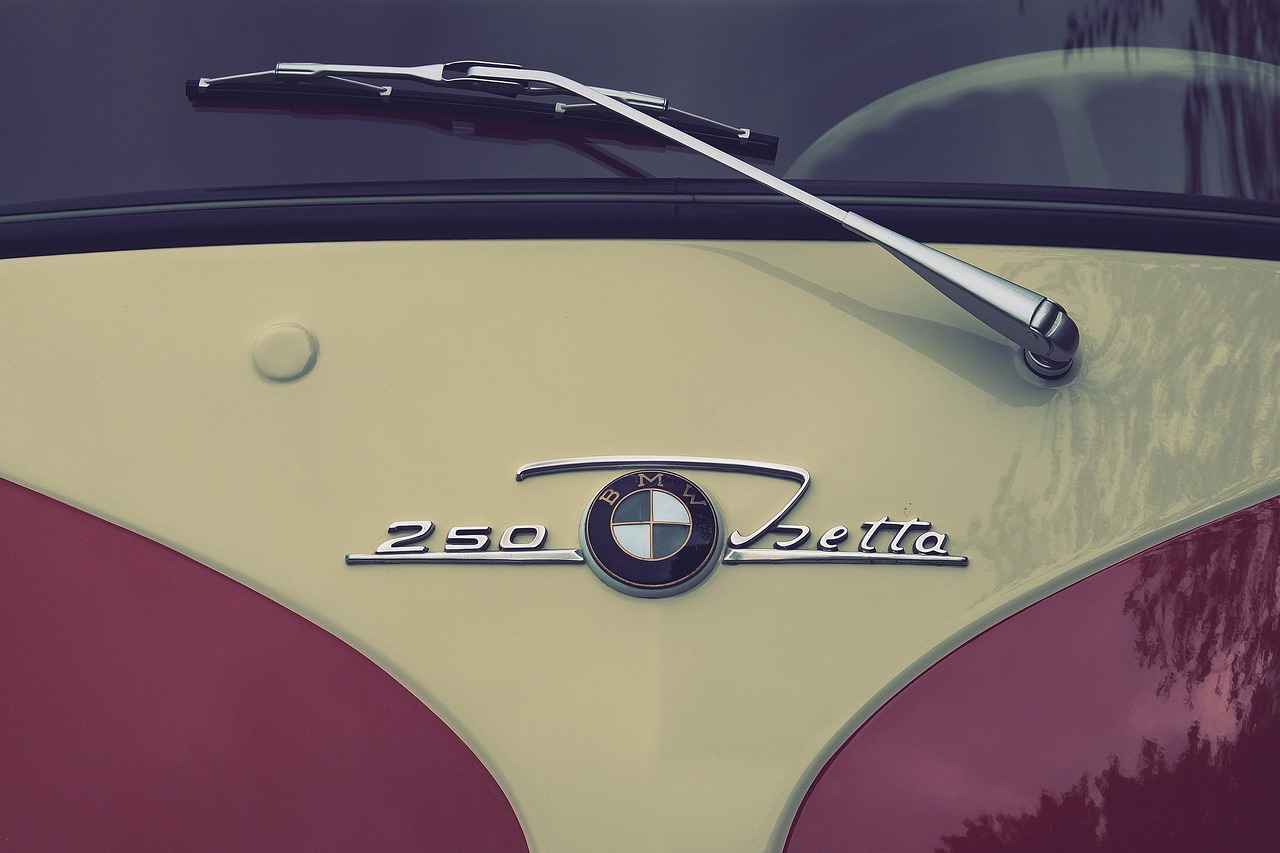This article delves into the key features that enhance the performance and lifespan of windshield wipers, assisting you in making informed decisions that contribute to your vehicle’s safety and visibility.
What Are the Key Features of Quality Windshield Wipers?
Understanding the essential features of windshield wipers can significantly improve your driving experience, particularly during adverse weather conditions. Here are the primary aspects to consider:
- Blade Material: The choice of material directly affects performance. Common materials include rubber, silicone, and hybrid options, each with its own set of advantages.
- Wiper Type: Different types of wiper blades, such as conventional, beam, and hybrid, cater to various vehicle models and user preferences.
- Size and Fit: Correct sizing is crucial for optimal performance, as improperly sized blades can lead to streaking and reduced visibility.
- Durability: The longevity of wipers is essential for consistent performance, especially in extreme weather.
How Does Blade Material Affect Performance?
The material of the wiper blade is pivotal for its efficiency. Rubber is the most common choice, known for its affordability and effectiveness in light rain. However, it may not withstand extreme temperatures as well as other materials.
Why Choose Silicone Blades?
Silicone blades offer superior durability and resistance to UV rays, making them ideal for long-term use. They also operate more quietly compared to traditional rubber blades, enhancing the overall driving experience.
What Types of Wiper Blades Are Available?
Wiper blades come in various designs:
- Conventional Wiper Blades: These consist of a rubber blade attached to a metal frame. They are widely used and easy to replace.
- Beam Wiper Blades: Featuring a one-piece design, beam blades conform to the windshield’s curvature, providing better contact and improved performance in harsh weather.
- Hybrid Wiper Blades: Combining features of both conventional and beam blades, hybrids offer versatility and enhanced performance.
How Important Is Wiper Size and Fit?
Choosing the correct size and fit for your windshield wipers is essential for optimal performance. Incorrectly sized blades can lead to streaking, reduced visibility, and even damage to the windshield.
What Tools Can Help You Find the Right Size?
Most auto parts stores provide guides or online tools to help determine the correct size for your vehicle’s wipers. This ensures a perfect fit and optimal performance.
How Often Should You Replace Your Wipers?
Regular inspection and replacement of windshield wipers are crucial for maintaining visibility. Experts recommend changing them every six months to a year, depending on usage and weather conditions. Signs of wear include streaking, skipping, or squeaking noises.
By understanding these features and maintaining your windshield wipers, you can ensure a safer and more comfortable driving experience, even in challenging weather conditions.

What Are the Key Features of Quality Windshield Wipers?
Understanding the key features of windshield wipers is essential for enhancing your driving experience, especially during adverse weather conditions. Quality wipers ensure clear visibility, which is crucial for safe driving. In this article, we will explore the primary aspects to consider when selecting windshield wipers for your vehicle.
When it comes to windshield wipers, several features contribute significantly to their performance and durability. Here are the main aspects to keep in mind:
- Blade Material: The material of the wiper blade is vital for its effectiveness. Common materials include rubber, silicone, and hybrid options. Each material has distinct advantages that can affect performance under various weather conditions.
- Wiper Type: There are different types of wiper blades, such as conventional, beam, and hybrid blades. Each type is designed to meet specific vehicle requirements and user preferences.
- Size and Fit: Proper sizing is crucial for optimal performance. Incorrectly sized wipers can lead to streaking and diminished visibility.
- Durability: The longevity of wipers is a significant factor. High-quality wipers should withstand wear and tear from environmental factors like UV rays and extreme temperatures.
- Noise Level: A good wiper should operate quietly, minimizing distractions while driving.
The material of the wiper blade plays a crucial role in its overall performance. Here’s a breakdown of the most common materials:
- Rubber Blades: These are the most common and affordable option. They work well in light rain but may not perform optimally in extreme weather.
- Silicone Blades: Known for their durability, silicone blades resist UV rays and offer quieter operation. They are ideal for long-term use and can provide a better wipe.
- Hybrid Blades: Combining features of both rubber and silicone, hybrid blades offer enhanced performance and durability, making them a popular choice among drivers.
Wiper blades come in various designs tailored to different vehicle models. Understanding these types helps in making an informed decision:
- Conventional Wiper Blades: These consist of a rubber blade attached to a metal frame. They are widely used due to their ease of replacement.
- Beam Wiper Blades: Featuring a one-piece design, beam blades conform better to the windshield’s curvature, providing improved contact and performance during harsh weather.
- Hybrid Wiper Blades: These combine the benefits of conventional and beam blades, offering enhanced performance and adaptability.
Choosing the correct size and fit for your windshield wipers is essential for ensuring optimal performance. Incorrectly sized blades can lead to:
- Streaking: Poor fit can cause streaks on the windshield, impairing visibility.
- Reduced Effectiveness: Wipers that do not fit properly may not clear water effectively, increasing the risk of accidents.
Most auto parts stores provide guides or online tools that help you determine the correct size for your vehicle’s wipers. Using these resources ensures a perfect fit, enhancing safety and visibility.
Regular inspection and replacement of windshield wipers are crucial for maintaining visibility. Experts recommend changing them every six months to a year, depending on usage and weather conditions. Signs that indicate it’s time for a replacement include:
- Chattering: If the blades make noise while operating, they may need to be replaced.
- Cracking: Visible cracks in the rubber indicate wear and reduced effectiveness.
- Streaking: If wipers leave streaks on the windshield, it’s time for a change.
By understanding these key features, you can select the right windshield wipers that not only enhance your driving experience but also ensure your safety on the road.
How Does Blade Material Affect Performance?
When it comes to ensuring clear visibility while driving, the performance of windshield wipers is paramount. One of the most significant factors influencing this performance is the material used in the wiper blades. Understanding the differences between materials can help you make an informed choice that enhances your driving safety.
Windshield wipers are typically made from three main materials: rubber, silicone, and hybrid options. Each material has its own set of characteristics that affect durability, efficiency, and overall performance.
Rubber blades are the most widely used option due to their affordability and effectiveness, particularly in light rain. They are designed to provide a smooth wipe and are generally easy to find in auto parts stores. However, it’s important to note that rubber can degrade faster in extreme weather conditions, such as intense heat or freezing temperatures. This degradation can lead to cracking and reduced effectiveness over time.
Silicone blades have gained popularity for their superior durability and resistance to UV rays. Unlike traditional rubber, silicone does not harden or crack as quickly when exposed to harsh weather, making it a great choice for long-term use. Additionally, silicone wiper blades tend to operate more quietly than rubber blades, providing a more pleasant driving experience. They also tend to leave less residue on the windshield, improving visibility.
Hybrid wiper blades combine the best features of both rubber and silicone. They typically have a rubber blade with a protective silicone coating, offering enhanced durability and performance. This makes them suitable for a variety of weather conditions, providing excellent wiping performance and longevity. Hybrid blades are particularly effective in areas with fluctuating weather, where both rain and sun exposure are common.
The effectiveness of a wiper blade is heavily influenced by the weather conditions it faces. In regions with extreme temperatures, rubber blades may wear out faster due to heat-induced cracking or cold-induced brittleness. Conversely, silicone blades tend to perform better in both extremes, maintaining their flexibility and effectiveness.
- Climate: Consider the typical weather conditions in your area. If you experience severe weather, silicone or hybrid blades may be more suitable.
- Driving Habits: Frequent long drives may necessitate more durable blades, while occasional use might allow for standard rubber options.
- Budget: Rubber blades are generally less expensive, but investing in silicone or hybrid blades can offer better long-term value.
Ultimately, the choice of wiper blade material can significantly impact your driving experience. By understanding the differences between rubber, silicone, and hybrid options, you can make an informed decision that enhances visibility and safety on the road.
Why Choose Rubber Blades?
When it comes to windshield wipers, the choice of blade material can significantly impact overall performance and longevity. Among the various options available, rubber blades remain the most prevalent choice for many drivers. Their popularity stems from a combination of affordability and effectiveness, particularly in light rain conditions. However, it is essential to understand both the benefits and limitations of rubber blades to make an informed decision.
Rubber wiper blades are designed to provide a reliable solution for maintaining visibility during inclement weather. Here are some key advantages:
- Cost-Effective: Rubber blades are generally more affordable compared to their silicone or hybrid counterparts, making them an accessible option for most vehicle owners.
- Good Performance in Light Rain: They perform adequately in light rain, effectively clearing water from the windshield without leaving streaks.
- Easy to Replace: Most rubber blades are straightforward to install, allowing drivers to replace them with minimal effort.
While rubber blades offer several benefits, they also have some limitations that users should be aware of:
- Durability Issues: Rubber can wear out more quickly than other materials, particularly in extreme weather conditions, such as intense heat or freezing temperatures.
- Reduced Performance Over Time: As rubber ages, it may become less effective at clearing the windshield, leading to streaking and reduced visibility.
- Susceptibility to Damage: Rubber blades can be more prone to cracking or splitting, especially if exposed to UV rays for prolonged periods.
When choosing windshield wipers, it’s important to compare rubber blades to other options like silicone and hybrid blades. Silicone blades, for instance, offer superior durability and resistance to harsh weather conditions. They tend to last longer and provide a quieter operation. On the other hand, hybrid blades combine the strengths of both rubber and silicone, offering enhanced performance while still being cost-effective.
When selecting windshield wipers, consider the following:
- Climate: If you live in an area with extreme weather, you might want to consider silicone or hybrid blades for better performance.
- Driving Conditions: Frequent highway driving may require more robust blades that can handle higher speeds and debris.
- Maintenance: Regular inspection and timely replacement are crucial regardless of the blade material you choose.
In conclusion, while rubber blades are a popular choice due to their affordability and effectiveness in light rain, they may not be the best option for all driving conditions. Understanding their advantages and limitations can help you make an informed decision that ensures optimal visibility and safety on the road. By considering your specific needs and the environmental conditions you face, you can select the most suitable wiper blades for your vehicle.
What Are the Benefits of Silicone Blades?
When it comes to maintaining a clear and safe view while driving, wiper blades play a critical role. Among the various materials available, silicone blades have emerged as a popular choice for many drivers. But what exactly makes them stand out? Let’s delve into the numerous benefits of silicone blades.
One of the primary advantages of silicone blades is their superior durability. Unlike traditional rubber blades, silicone is engineered to withstand various weather conditions, including extreme heat and cold. This resilience translates into a longer lifespan, making silicone blades a more cost-effective option in the long run.
Another remarkable feature of silicone blades is their resistance to UV rays. Prolonged exposure to sunlight can degrade rubber blades, leading to cracks and reduced performance. Silicone, however, maintains its integrity under UV exposure, ensuring that your wipers remain effective over time.
Silicone blades also offer a quieter operation compared to their rubber counterparts. When in use, these blades glide smoothly across the windshield, minimizing noise and enhancing the driving experience. This is particularly beneficial for long trips where constant wiper noise can be distracting.
Silicone blades are designed to provide better performance in adverse weather conditions. Their unique construction allows for optimal contact with the windshield, effectively removing water, snow, and ice. This leads to improved visibility and safety while driving.
Another significant benefit of silicone wiper blades is their low maintenance requirements. Unlike rubber blades that may require frequent replacements, silicone blades can last much longer, reducing the hassle of regular upkeep. This makes them an ideal choice for busy individuals who prioritize convenience.
For eco-conscious consumers, silicone blades offer a more environmentally friendly option. They are often made from recyclable materials, helping to reduce waste. Additionally, their long lifespan means fewer blades ending up in landfills over time.
While silicone blades may have a higher upfront cost compared to rubber blades, their longevity and durability make them a cost-effective choice in the long run. Investing in silicone blades can save you money on replacements and provide peace of mind knowing that you have reliable wipers.
In conclusion, the benefits of silicone wiper blades are numerous and compelling. From enhanced durability and UV resistance to quieter operation and improved performance, these blades offer significant advantages over traditional rubber options. For those looking to improve their driving experience and ensure safety in adverse weather conditions, silicone blades are undoubtedly worth considering.
What Types of Wiper Blades Are Available?
When it comes to ensuring clear visibility on the road, wiper blades are an essential component of your vehicle’s safety system. Understanding the different types of wiper blades available can help you make an informed choice that suits your vehicle and driving conditions.
Wiper blades come in various types, including conventional, beam, and hybrid blades. Each type is specifically designed to cater to different vehicle models and user preferences, enhancing performance and longevity.
Conventional wiper blades are the most commonly used type. They consist of a rubber blade attached to a metal frame. This traditional design is favored for its affordability and ease of replacement. However, they may not perform as well in extreme weather conditions compared to other types.
Beam wiper blades feature a one-piece design that allows them to conform better to the curvature of the windshield. This design provides improved contact and performance, especially in harsh weather conditions such as heavy rain or snow. Many users appreciate the sleek design and reduced noise during operation.
Hybrid wiper blades combine the features of both conventional and beam blades. They typically have a metal frame for stability and a flexible rubber blade that enhances performance. This design aims to provide the best of both worlds, making them a versatile choice for many drivers.
Choosing the right wiper blade depends on several factors, including your vehicle model, typical weather conditions, and personal preferences. Here are some considerations:
- Climate: If you live in an area with heavy rainfall or snow, beam or hybrid blades may be more effective due to their superior performance.
- Vehicle Type: Some vehicles may require specific types of blades, so it’s essential to check your owner’s manual or consult with a professional.
- Budget: Conventional blades are often the most cost-effective option, but investing in higher-quality blades can improve safety and visibility.
Regular maintenance of your wiper blades can significantly extend their lifespan and ensure optimal performance. Here are some tips:
- Inspect Regularly: Check your wiper blades for any signs of wear, such as cracks or fraying edges.
- Clean the Blades: Use a soft cloth to wipe down the blades regularly, removing dirt and debris that can hinder performance.
- Replace When Needed: Most experts recommend replacing wiper blades every six months to a year, depending on usage and environmental conditions.
What Are Conventional Wiper Blades?
When it comes to maintaining clear visibility while driving, wiper blades play a critical role. Among the different types available, conventional wiper blades are a popular choice for many vehicle owners. Understanding their construction and functionality can help you make an informed decision about your wiper blade needs.
Conventional wiper blades are designed with a rubber blade that is securely attached to a metal frame. This design has been a staple in the automotive industry for years, providing reliable performance for various weather conditions. Their widespread use can be attributed to their ease of replacement and affordability, making them an accessible option for many drivers.
- Affordability: Conventional blades are typically less expensive than their counterparts, making them a budget-friendly option for vehicle maintenance.
- Easy Replacement: Most drivers can easily replace conventional wiper blades without the need for professional assistance, thanks to their straightforward design.
- Availability: These blades are widely available in auto parts stores and online, ensuring that you can find the right size for your vehicle.
While conventional wiper blades are effective in light to moderate rain, their performance may vary in extreme weather conditions. The rubber material can wear out faster in harsh climates, leading to reduced effectiveness over time. It’s essential to regularly inspect your wiper blades for signs of wear, such as cracking or splitting, to ensure optimal performance.
When selecting conventional wiper blades, consider the following factors:
- Size: Ensure you choose the correct size for your vehicle. Using the wrong size can lead to streaking and ineffective wiping.
- Quality: Look for blades made from high-quality rubber that can withstand the elements for a longer lifespan.
- Installation: Check if the blades come with easy-to-follow installation instructions, making it convenient for you to replace them yourself.
Experts recommend replacing conventional wiper blades every six months to a year, depending on usage and environmental conditions. Regular maintenance checks can help you identify when it’s time for a replacement, ensuring that your visibility remains uncompromised during adverse weather.
In summary, conventional wiper blades offer a reliable and cost-effective solution for maintaining visibility while driving. Their simple design and ease of replacement make them a popular choice among drivers. By understanding their features and performance, you can make an informed decision that enhances your driving safety.
What Makes Beam Wiper Blades Unique?
When it comes to ensuring clear visibility during inclement weather, the choice of windshield wiper blades is crucial. Among the various options available, beam wiper blades stand out for their innovative design and superior performance. Understanding what makes these blades unique can help you make an informed decision for your vehicle.
Beam wiper blades are characterized by their one-piece design, which allows them to conform seamlessly to the curvature of your windshield. This design is particularly beneficial as it enhances the contact between the blade and the glass, resulting in a more effective wipe. Unlike traditional wiper blades that rely on a metal frame, beam blades utilize a flexible structure that adapts to the windshield’s shape, ensuring optimal performance.
One of the key advantages of beam wiper blades is their ability to perform exceptionally well in harsh weather conditions. Whether it’s heavy rain, snow, or ice, these blades maintain consistent contact with the windshield, reducing the likelihood of streaks and missed spots. The aerodynamic design minimizes lift at high speeds, which is essential for maintaining visibility during highway driving.
Beam wiper blades are typically made from high-quality materials such as natural rubber or silicone. These materials not only enhance durability but also provide excellent resistance to UV rays and extreme temperatures. The use of silicone, in particular, allows for a quieter operation and a longer lifespan compared to traditional rubber blades. This makes beam blades a cost-effective choice in the long run.
- Enhanced Contact: The one-piece design ensures better contact with the windshield.
- Improved Visibility: Consistent performance in various weather conditions leads to clearer visibility.
- Durability: Made from high-quality materials, beam blades tend to last longer than conventional blades.
- Noise Reduction: The design helps in reducing noise during operation.
While beam wiper blades offer numerous benefits, it is important to note that they may not be compatible with all vehicle models. It’s essential to check the manufacturer’s specifications or consult with a professional to ensure a proper fit. Many auto parts stores provide tools and guides to help you find the right size for your vehicle, ensuring optimal performance.
To maintain optimal visibility, it is recommended to inspect and replace your beam wiper blades regularly. Depending on usage and weather conditions, you should consider changing them every six months to a year. Regular maintenance will not only enhance your driving experience but also ensure your safety on the road.
In summary, beam wiper blades are a superior choice for those seeking enhanced visibility and performance in challenging weather conditions. Their unique design, combined with high-quality materials, makes them a reliable option for any vehicle. By understanding the advantages and proper maintenance of these blades, you can ensure a safer driving experience.
How Important Is Wiper Size and Fit?
When it comes to maintaining a safe driving experience, windshield wipers play a crucial role. One often overlooked aspect is the size and fit of the wiper blades. Choosing the correct size and fit for your windshield wipers is essential for optimal performance. Incorrectly sized blades can lead to streaking and reduced visibility, which can be particularly dangerous during adverse weather conditions.
The size of your windshield wipers directly affects their ability to clear water, snow, and debris from your windshield. If the wipers are too short, they may not cover the entire windshield, leaving areas that can obstruct your view. Conversely, if they are too long, they can extend beyond the windshield’s edge, potentially causing damage to the wiper motor or the windshield itself.
- Streaking: Wipers that are too small may not make full contact with the glass, leading to streaks that can impair visibility.
- Noise: Wipers that do not fit properly can create excessive noise, which can be distracting while driving.
- Wear and Tear: Mismatched sizes can cause uneven wear, reducing the lifespan of the blades.
Finding the right size for your windshield wipers is easier than you might think. Most auto parts stores provide helpful guides or online tools where you can input your vehicle’s make and model to find the appropriate wiper size. Additionally, you can refer to your vehicle’s owner manual for specific recommendations.
In addition to the guides available at auto parts stores, there are also various mobile applications designed to assist drivers in selecting the right wiper size. These tools often allow you to browse through a wide range of options tailored to your vehicle, ensuring that you make an informed choice.
Regular maintenance is key to ensuring your windshield wipers function effectively. Experts recommend inspecting your wipers every six months and replacing them at least once a year. Factors such as extreme weather conditions or frequent use can necessitate more frequent replacements. Signs that your wipers need replacing include:
- Chattering: If the wipers skip across the glass rather than gliding smoothly.
- Cracks or Tears: Visible damage to the rubber blade indicates it’s time for a replacement.
- Reduced Efficiency: If the wipers leave streaks or fail to clear the windshield adequately.
In summary, ensuring that you have the correct size and fit for your windshield wipers is not just a matter of convenience; it is vital for maintaining safety on the road. By taking the time to choose the right blades and replacing them regularly, you can enhance your visibility and overall driving experience.
What Tools Can Help You Find the Right Size?
When it comes to ensuring optimal visibility while driving, selecting the right size windshield wipers is crucial. Many drivers may not realize that using wipers that are too long or too short can lead to ineffective performance, including streaking and reduced visibility during rain or snow. Fortunately, there are numerous resources available to assist you in finding the perfect fit for your vehicle’s wipers.
Most auto parts stores offer a variety of tools and resources to help you determine the correct size for your vehicle’s windshield wipers. Here are some of the most effective methods:
- In-Store Size Guides: Many auto parts retailers provide printed guides that list the appropriate wiper sizes for different makes and models. These guides can often be found near the wiper blade displays, making it easy to locate the correct size for your vehicle.
- Online Size Calculators: Numerous automotive websites offer online tools where you can input your vehicle’s make, model, and year to find the right wiper size. These calculators are user-friendly and provide quick results, ensuring that you order the correct size without any hassle.
- Mobile Apps: Several mobile applications are designed specifically for automotive needs. These apps can help you find the right windshield wiper size by scanning your vehicle’s VIN (Vehicle Identification Number) or by allowing you to manually enter your vehicle’s details.
- Consulting with Experts: If you’re unsure about which size to choose, don’t hesitate to ask for help. Auto parts store employees are typically knowledgeable and can assist you in selecting the right wipers based on your vehicle’s specifications.
Additionally, it’s important to note that manufacturers often provide recommendations for wiper sizes in the owner’s manual of your vehicle. This manual can serve as a reliable resource to ensure that you are purchasing the correct size.
Choosing the correct size for your windshield wipers is not just about convenience; it directly impacts your safety on the road. Wipers that are too short may leave areas of the windshield uncleaned, while overly long wipers can cause damage to the windshield or the wiper mechanism itself. Furthermore, improperly sized wipers can lead to premature wear and tear, resulting in the need for more frequent replacements. This can add unnecessary costs over time.
If you prefer a hands-on approach, you can measure your existing wipers to find the right size. Here’s how:
1. Lift the wiper arm away from the windshield.2. Measure the length of the blade from one end to the other.3. Record the measurement in inches or centimeters.4. Use this measurement when searching for replacement wipers.
By taking the time to ensure you have the right size wipers, you can enhance your visibility and driving safety, especially during inclement weather conditions.
In summary, finding the right size windshield wipers is essential for maintaining clear visibility and ensuring safe driving. Whether you utilize in-store guides, online calculators, or consult with professionals, there are ample resources available to assist you. Regularly checking and replacing your wipers based on their performance will help you stay safe on the road.
How Often Should You Replace Your Wipers?
Windshield wipers are essential for maintaining clear visibility while driving, especially during adverse weather conditions. However, many drivers overlook the importance of regular maintenance for these critical components. Understanding how often to replace your wipers can significantly enhance your safety on the road.
Experts generally recommend replacing your windshield wipers every six months to a year. However, this timeframe can vary based on several factors:
- Weather Conditions: If you live in an area with harsh weather, such as heavy rain or snow, you may need to replace your wipers more frequently.
- Usage: Frequent use of your wipers, especially in urban environments with lots of stop-and-go traffic, can lead to faster wear and tear.
- Quality of Blades: Higher-quality wiper blades may last longer than standard options, so investing in premium brands can pay off in the long run.
Being aware of the signs that indicate your wipers need replacement can prevent dangerous driving conditions:
- Streaking: If your wipers leave streaks on the windshield, it’s a clear sign that the rubber has worn out.
- Chattering: If the wipers make a chattering noise while in motion, it may indicate that they are not making proper contact with the windshield.
- Cracks or Tears: Visually inspecting the wiper blades for any cracks or tears is essential. Any visible damage means it’s time for a replacement.
To maximize the lifespan of your windshield wipers, consider the following maintenance tips:
- Clean the Blades: Regularly clean your wiper blades with a soft cloth and a mild detergent to remove debris and dirt.
- Use the Right Washer Fluid: Using a quality windshield washer fluid can help keep the blades in good condition and improve visibility.
- Avoid Using Wipers on Dry Glass: Using wipers on a dry windshield can cause unnecessary wear. Always ensure the glass is wet before activating the wipers.
Neglecting to replace your windshield wipers can lead to several risks:
- Reduced Visibility: Worn-out wipers can significantly impair your visibility during rain or snow, increasing the likelihood of accidents.
- Increased Strain on Wiper Motors: Faulty wipers can put extra strain on the wiper motor, leading to potential mechanical failures.
- Higher Replacement Costs: Waiting too long to replace your wipers may lead to more extensive damage, resulting in higher repair costs.
In conclusion, understanding how often to replace your windshield wipers and recognizing the signs of wear can greatly enhance your driving safety. Regular inspections and maintenance not only ensure clear visibility but also prolong the lifespan of your wipers, ultimately saving you money and enhancing your driving experience.
Frequently Asked Questions
- How do I know when to replace my windshield wipers?
If your wipers are leaving streaks or skipping across the windshield, it’s time for a replacement. Regular checks every six months can help keep your visibility clear.
- What is the difference between rubber and silicone wiper blades?
Rubber blades are cost-effective and work well in light rain, but silicone blades offer longer durability and better resistance to UV rays, making them ideal for harsher climates.
- Can I use different sizes of wiper blades on my vehicle?
No, using incorrect sizes can lead to poor performance and visibility issues. Always refer to your vehicle’s manual or use online guides to find the right size.
- Are beam blades better than conventional ones?
Yes! Beam blades have a one-piece design that conforms better to your windshield, providing improved contact and performance, especially in bad weather.
- What tools can help me find the right wiper blade size?
Many auto parts stores provide size guides or online tools where you can input your vehicle’s make and model to find the correct wiper blade size.




